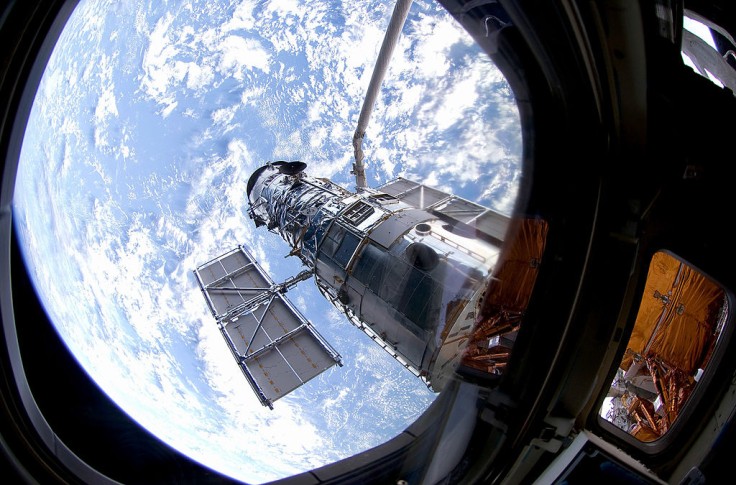
There are ton of NASA Hubble images, but a photo of a spiral galaxy won the fan voting for Hubble's best photo for 2021.
In celebration of the new year, the NASA Hubble Space Telescope also achieved a new milestone as it reached 1 billion seconds in space on January 1.
NASA Hubble Declares Spiral Galaxy Image as Best Photo of 2021
Last December 29, NASA conducted a poll on Twitter with the caption "It's time to vote for our Twitter audience's favorite 2021 Hubble image."
In terms of the choices, it includes Flame Nebula, Outer Planets, Galaxies and NGC 5037. Surprisingly, NGC 5037 was the top choice of their Twitter followers with above 41 percent votes.
Meanwhile, the second favorite NASA Hubble image was the Flame Nebula with a 37 percent score, followed by outer planets with above 13 percent votes, and galaxies with about eight percent votes.
With that being stated, NASA posted a follow-up Twitter post labeling NGC 5037 as "Hubble's best image released in 2021."
We asked, you answered!
— Hubble (@NASAHubble) December 31, 2021
Our Twitter followers voted galaxy NGC 5037 as Hubble's best image released in 2021.
Despite a distance of 150 million light-years, we can see the galaxy's delicate structures in great detail thanks to Hubble: https://t.co/go2l5fB281
Happy New Year! pic.twitter.com/JAQlTUapCX
According to the blogpost of NASA, NGC 5037 was first recorded by William Herschel in 1785, and it sits around 150 million light-years distant from Earth and in the constellation of Virgo.
Despite this distance, the complex architecture of gas and dust within the galaxy can still be seen in astonishing clarity, thanks to Hubble's Wide Field Camera 3 (WFC3).
WFC3 is a flexible camera that can gather ultraviolet, visible, and infrared light, giving it access to numerous information about the objects it views. During Servicing Mission 4 in 2009, astronauts placed WFC3 on Hubble (SM4).
Hubble's final Space Shuttle servicing mission, SM4, was designed to extend Hubble's life by at least five years. Both Hubble and WFC3 are still operating and scientifically productive after 12 years.
NASA Hubble Space Telescope Celebrates 1 Billion Seconds Milestone
Aside from capturing one of the best space images ever, the NASA Hubble Space Telescope also celebrated its 1 billion seconds milestone last January 1.
In the Twitter post by the space agency, it explained that during the said time frame, NASA Hubble has conducted about 1.5 million observations and astronomers utilizing Hubble data have produced over 19,000 scholarly articles.
Happy New Year! 🥳
— Hubble (@NASAHubble) January 1, 2022
Hubble is kicking off 2022 with a major milestone. The telescope began operations 1 billion seconds ago!
In that billion seconds, Hubble made more than 1.5 million observations and astronomers using Hubble data published more than 19,000 scientific papers. pic.twitter.com/daK8V7liFB
For background information, the Hubble is a massive space telescope, per NASA.
On April 24, 1990, it was launched into orbit by the space shuttle Discovery. Hubble orbits Earth at around 547 kilometers or 340 miles.
It measures the length of a huge school bus and weighs the equivalent of two adult elephants. Hubble moves at a speed of around 5 miles per second, which is equivalent to going from the east coast to the west coast of the United States in 10 minutes.
Hubble is a solar-powered spacecraft.
Hubble's images have aided scientists in determining the age and scale of the universe. Scientists estimate the universe is about 14 billion years old. Hubble has helped scientists comprehend how planets and galaxies develop.
The "Hubble Ultra Deep Field" picture depicts the furthest galaxies yet observed.
Hubble has discovered black holes, which absorb everything they encounter, even light. Dark energy, a mysterious force that drives the cosmos to expand faster and faster as time passes, was also discovered through the telescope.
It has also revealed information on gamma-ray bursts, which are enormous energetic explosions that occur when big stars collide. Furthermore, Hubble has analyzed the atmospheres of planets orbiting around stars comparable to Earth's sun.









